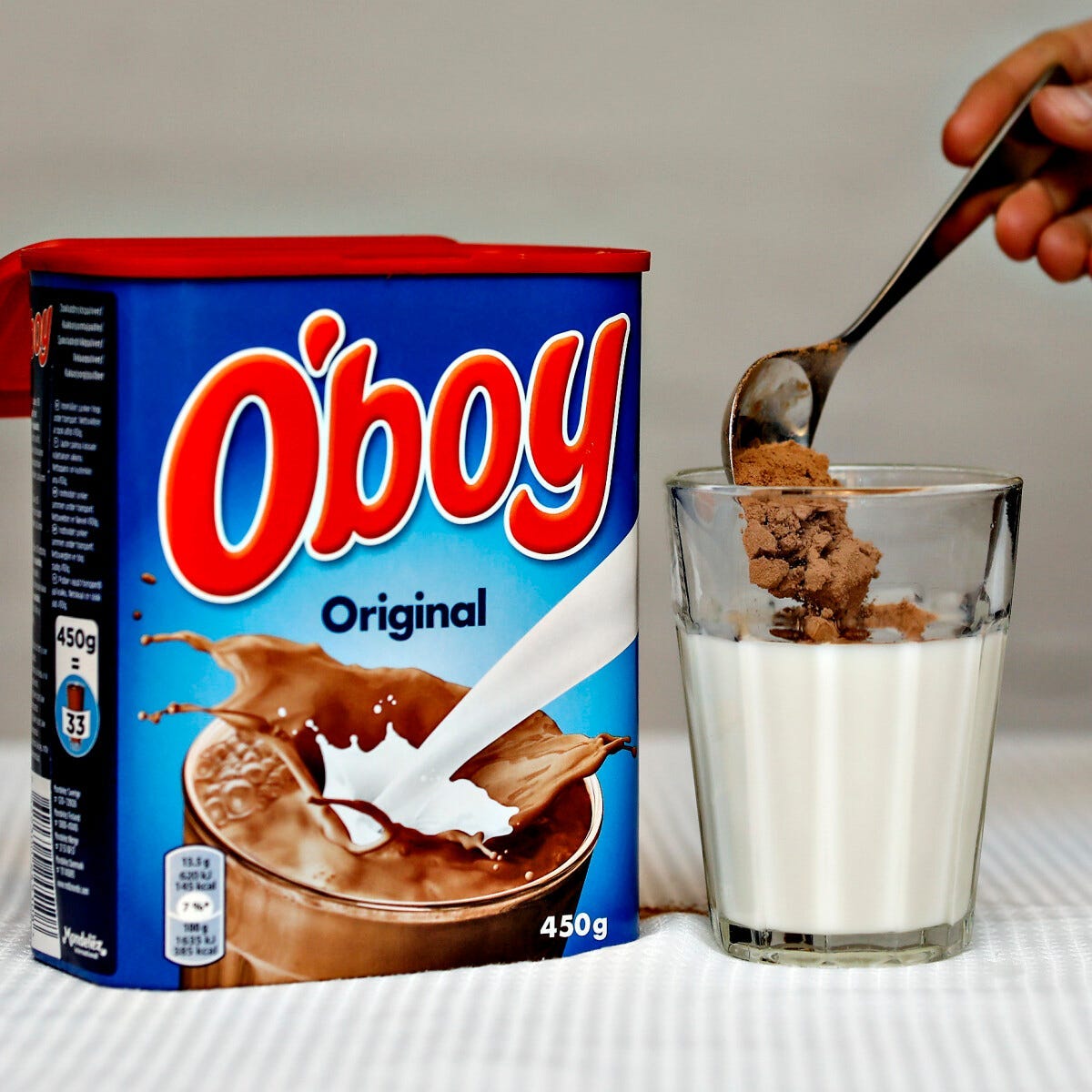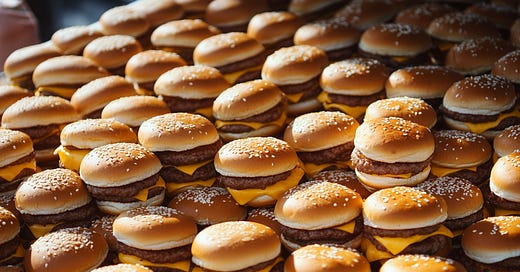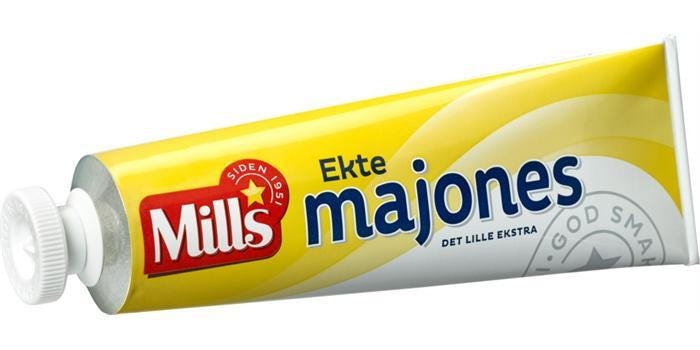American Advantages in Economies of Scale
Is the dominance of Hollywood, Facebook, Google and other American media and online services alone about American brilliance and entrepreneurship?
Is the European and Japanese failure to dominate in the creation of internet services, movies and other media content due to lack of talent or skill? And if not, what is the reason that Hollywood, Netflix, HBO, Facebook, Google, eBay, Amazon, Apple and Microsoft are all American?
In particular in business magazines there is a tendency to point fingers and blame Europe for being laggard in these kinds of industries. The Economist, Time Magazine, Bloomberg, Heritage Foundation and similar types of media outlets love to characterize Europe and Japan as lacking dynamism, entrepreneurial spirit and what not. Our labour markets are not “flexible enough,” we are told. This is code word for: Workers have rights. Apparently that is a bad thing.
No, Capitalism Did Not Make America the Richest Country
America has built a mythology arounds its economic success as being built on hard work, rugged individualism and free wheeling capitalism.
Of course there is a grain of truth to this. America has a long history of entrepreneurial spirit and can-do attitude. But here it is important to distinguish between what is part of the laws and regulation and what is part of the culture.
If you put a German in the US, they are not suddenly going to pile on debt, get 20 different credit cards and go on a spending spree? America is a country which sells happiness as something you get through consumption.Whatever problem you have, there is some product than can fix it for you. Not happy? Buy more stuff. Of course in such a cultural environment there is more opportunity for success with new products.
And while consumer culture and business culture is something one could explore in great detail, that is not what this story will be about. Instead I will focus on a topic often ignored:
The advantages America derives from having the world’s largest consumer market and access to the largest talent pool.
World’s Largest Consumer Market
One of the most important insights from early writers about economics such as Adam Smith, was the observation that specialization and economies of scale can dramatically increase productivity. Adam Smith’s famous pin factory example:
Adam Smith goes on to say he visited a pin factory employing 10 men who produced 48,000 pins per day. If ten workers did every step themselves, Smith says they could each produce 10 or 20 pins per day. So the pin factory replaces up to 4,800 pin makers. The increase in labor productivity (output per person per day) is as high as 50 times that of individual pin makers.
A black smith alternating between making a variety of products cannot produce any single item very quickly compared to an operation setup specifically to mass produce a particular item such as a metal pin.
Today we see the same play out in car factories with assembly lines. A single man assembling a car from scratch in his garage would produce far fewer cars per time unit than workers performing more narrowly defined tasks along an assembly line.
The key thing the observe here is that for highly efficient mass production to be employed you need large volume. To get a large volume, you need a large market.
The size of a market is not merely about number of consumers but also about their income level. China and India may have a lot more people than the US, but each Indian and Chinese have much lower purchasing power than the average American consumer.
Total Gross Domestic Product, gives a sense of the potential for consumption in an economy. Here it is clear that the United States of America has long had a massive lead over other countries.
The combination of a very high population with high GDP per capita gives America an enormous market.
Homogenization of Consumers
But population is not everything. One could argue that Europe has a large population and thus a large market. However Europe is made up of a patchwork of states with different languages, cultures, rules and consumer habits. But it goes deeper than this. When consumer culture started developing in the early 1900s in the USA, this was difficult to achieve even within different European countries.
Many European countries have distinct regions with different culture, habits and sometimes entirely different languages. This applies to most of the old world, whether you are in Europe, China or India. Each region tends to have unique food traditions. Just travel within Italy and each region has a different way of making Pizza or pasta dishes. Some areas have spicy variants others are milder.
This kind of regionalization hindered consumer culture from quickly developing as companies would have to cater to a variety of regional preferences. Over time homogenization progressed and consumer tastes and preferences have become more similar across the whole world. Young people wear T-shirts and sneakers from Africa to Japan today. However that was not always the case.
The song “Amerika” by German Industrial metal band, Rammstein explores homogenization and Americanization of the world.
While America is populated with people from all over the world, these people have all been mixed together in the great American melting pot, erasing much of the ethnic differences between people. You cannot easily tell the difference between a Norwegian-American, German-American, French-American or Polish-American today. Living in North Dakota, which has one of highest percentages of people with Norwegian-American heritage, I think one of the bigger surprises was not the visibility of Norwegian culture but the absence of it. People don’t eat like Norwegians. They eat like Americans. They don’t live like Norwegians but like Americans. Their values and mindset is not Norwegian but American.
Why are Dakotans Not Like Scandinavians?
A gentleman once asked me why the Dakotas are not similar to Scandinavia, given that so many of the inhabitants in North and South Dakota come from Scandinavia. I thought that was an interesting question worth writing an article about. Especially given that I am a Norwegian who lived a year in North Dakota about twenty years ago.
America must be one of the most successful and rapid cultural homogenization processes in history. This process produced the ultimate consumer population. A large group of people which a variety of companies could sell a vast number of products without significant modification and customization.
Thus Wall-Mart, McDonalds, Holiday Inn, Home Depot, Staples and many other American chains could spread across the whole country servicing customers in mostly the same manner all over. A Wall-Mart in North Dakota looks exactly the same as Wall-Mart in Honolulu, Hawaii.
If I knew how to find mustard, ketchup or mayonnaise in a store in Utah, I could easily find the same products in North Dakota or Hawaii. Why am I mentioning those specific products? Because it happens to be products I struggled to find each European country I visited. The eating habits can simply differ a lot, even between countries which are close to each other.
Consumer Differences in Europe
The Netherlands and Norway are both part of Northern Europe and both Germanic countries. Thus there should in principle not be as big differences as between say Norway and Italy, given that Italy is part of Southern Europe, Catholic and part of the Latin language family.
In Norway mayonnaise comes in a metal tube and is placed in the fish section because in Norway we often eat Mayonnaise with fish products. It also goes together with caviar because we eat both caviar and mayonnaise with hard boiled eggs. Thus the packaging of caviar looks quite similar to that of mayonnaise.
Moving to the Netherlands I simply assumed it would be the same there. Totally wrong. In the Netherlands mayonnaise is not packaged like caviar and it is not in the fish section. Instead it is together with ketchup and has a similar package to ketchup. What? Why this difference? Because unlike Norwegians, the Dutch eat their fries with mayonnaise. Norwegians eat fries with ketchup.
Let me take some other examples. Swiss Nestle changed their chocolate powder receipt Nesquick. You mix it with milk to make chocolate milk. Sales were doing well in many European countries, but totally tanked in Norway. In fact consumers were flocking to their competitor O’Boy. Nestle could not grasp why Norwegians hated their new receipt so much. Turns out they did not grasp regional differences well enough. You see Norwegian unlike most other Europeans tend to drink cold chocolate milk, not hot. The new Nesquick receipt would not dissolve in cold milk. It would turn into lumps.

Norway has many of these different habits. Norwegian food tends to have a lot less salt than other European food. This was a problem when Norway some years ago ran out of butter and had to import from the rest of Europe. Finding butter with the salt content Norwegians were used to was a challenge.
I have also noticed how almost every European country seems to have a different idea of what a sausages or hotdogs should be. I cannot stand British sausages, but from my understanding they cannot stand ours either.
Bread is another example. Norwegians love fresh whole-grain bread with crispy crust. In Britain and Ireland they eat very soft white bread akin to what Americans eat. Not very popular with most Norwegians. In Baltic countries they add some kind of herb or spice which creates a taste I personally found difficult to adjust to. Interestingly this was added to almost every bread I tried while visiting the Baltic region.
I am not saying there is any right or wrong here, merely that every country has quite different habits. This is different from living in the US. No matter what American state I have visited I have had access to mostly the same kinds of core products. You get the same types of breads, cereal, hot dogs and meats.
There is however a profound homogenization going on in Europe. Europeans are getting their food selections expanded and are developing more similar food eating habits to each other. E.g. I grew up eating mostly boiled potatoes next to whatever fish or meat I ate. Today I predominantly eat rice or pasta.
Various French and Italian types of breads have become more popular such as ciabatta and focaccia. Italian pizza have become more popular, while American style pizza dominated. However local variants and favorites still. Norwegians still love pepperoni with pineapple, which I don’t think any Italian would be caught dead eating.
Swedes have the weirdest stuff on their pizza such as banana. Kebab is a similar good example. It originates of course from the middle east but it has adopted to local conditions all over Europe. Norwegian, Dutch, Greek and German Kebab are all different. In Norway Kebab has corn and some kind of special Kebab sauce I am not sure what is made of.
American English as a Superpower
Americans got lucky being colonized by the British. It gave them English which has turned into a world language which nearly everyone on the planet learns as a second language. Nearly 1.5 billion people speak English around the world. It is the most spoken language in the world (Britannica).
The US benefits from being by far the largest country with English as the first language. Despite English originating from Britain the world is speaking and learning American English. I know British cab drivers will ask me slightly annoyed why I speak English with an American accent. Had he seen my writing, I suppose he would have asked why I write American English.
Keep reading with a 7-day free trial
Subscribe to Erik Examines to keep reading this post and get 7 days of free access to the full post archives.









